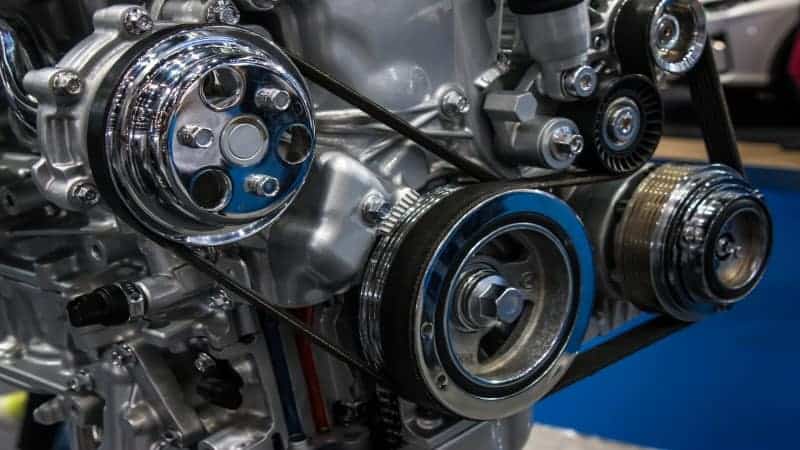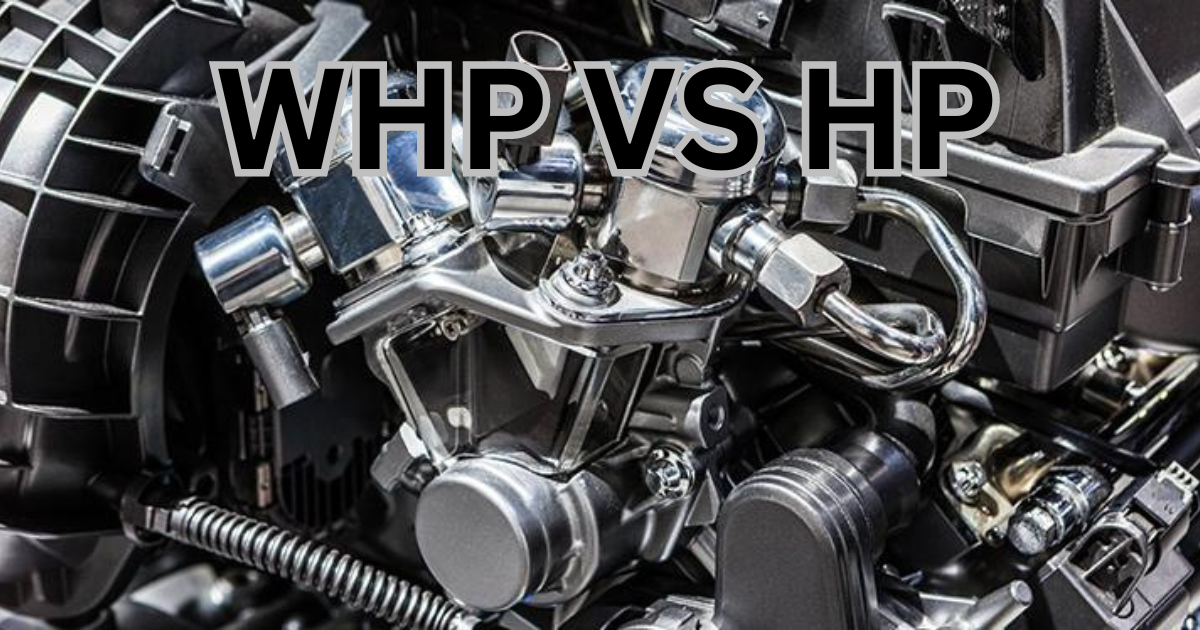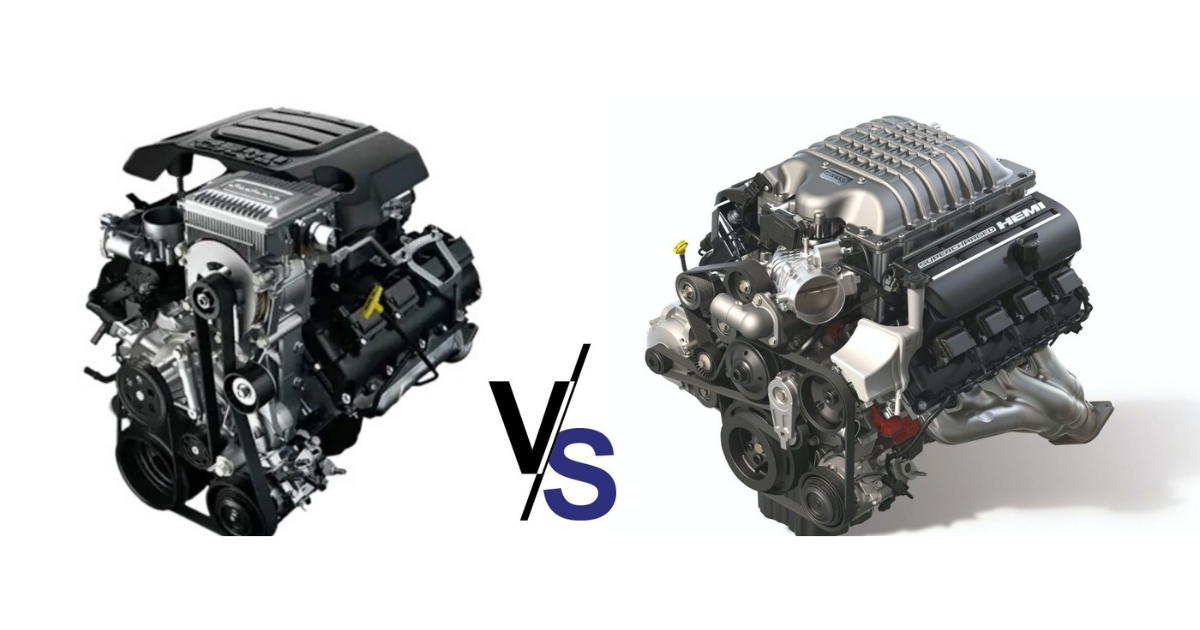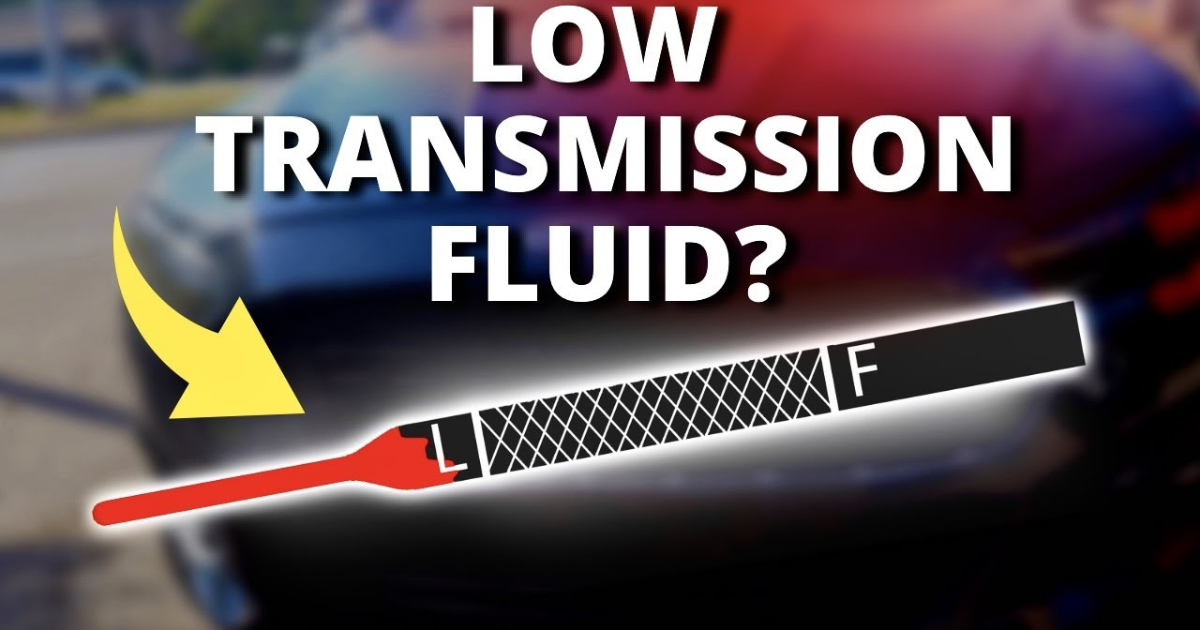Knowing the engine power of a car is crucial before purchasing it. In this section, you can examine the engine’s output and predict how it will perform under driving conditions. Horsepower is the standard measurement. The phrase originated from an engineer’s attempt to draw parallels between the manufacturing of steam engines and that of horses.
There are various variations of horsepower, and this page will compare and contrast WHP and HP. You need be familiar with both ideas in order to fully grasp engine powers, and you should also be able to translate between WHP and HP.
What is WHP?

Looking at the meaning of the initials (WHP) can lead you to the WHP meaning. You can get a clue as to what it signifies from the wheel horsepower, as stated earlier. Wheel horsepower is a measure of an engine’s power. It implies you take into account the power output, like the way the wheels of an automobile move. An essential metric that reveals the amount of power transmitted from the engine to the wheels is the wheel horsepower.
Typical horsepower, often called brake horsepower, is greater than the WHP. The variation arises from the way power is transferred from the axles and other associated components to the wheel. Friction is another factor that will exert significant force. This is often the situation with AWD cars. The actual horsepower as measured at the wheels is often lower than the stated horsepower in these vehicles.
This number indicates the amount of power lost by your vehicle’s drivetrain. A indicator of damaged or worn-out components could be an increase in its fluctuation. Keep in mind that different drivetrains will result in different crank-to-wheel HP losses. The loss for front-wheel drive automobiles is around 10% and for rear-wheel drive cars it is about 15%. With a loss of 20%, all-wheel-drive power trains are the worst. This is likely caused by the vehicle’s gearbox attempting to disperse power to each wheel.
What is HP?

One way to measure the output power of a mechanical or electrical system is in horsepower, abbreviated as HP. This measurement does not take friction into account. The debate between BHP and HP is prompted by the definition. The power at the engine’s flywheel is measured in braking horsepower, or BHP. The BHP takes into consideration the engine’s net energy, which includes the loss caused by friction. It is confusing and incorrect for many people to use the two words interchangeably.
Multiplying the torque by the speed yields the horsepower. Finding the value is as simple as hooking up a dynamometer and torque converter to the engine. Under regulated settings, the braking horsepower is measured on the flywheel. In order to maintain a constant engine speed, you must brake. It is common practice to use the BHP rather than the horsepower.
A brake horsepower is 1.014 times the same as a horsepower. It could be an indication of an engine problem if you find that your horsepower is lower than anticipated. Engine knocking and broken parts are among the complaints. How does BHP compare to crank HP? Either the flywheel or the crankshaft is used to measure horsepower, and the two are identical. Keep in mind that when comparing the HP and BHP values, the BHP value will be greater because it accounts for frictional losses.
How to Calculate WHP to HP
You can see the one the maker tells you about the engine’s power. Here we have the horsepower, which, as previously said, does not take into consideration things like friction and drivetrain loss. However, you can see how much power is going into your wheels by looking at the wheel horsepower, which takes all of these factors into consideration. To find out how much juice the vehicle consumes when moving, it’s a useful metric to look at.
Because the engine has to work so hard to send power to the wheels, there is a loss in the drivetrain. For example, starting with the engine and working its way to the wheels via the differentials, prop shaft, drive shafts, and engine. You will waste a lot of energy if you try to do it.
Get back to the math: the value of your HP to WHP conversion depends on the drivetrain you’re utilizing. For front-wheel drive automobiles, for instance, the loss is 10%. The typical vehicle experiences a 15% loss in power as it travels from the engine to the wheels. Using 200 WHP to BHP, we will demonstrate how to acquire an HP value. We will calculate the percentage by multiplying the result by 115 and then dividing it by 100, taking into consideration the loss. In the end, it comes to 230 BHP.
Conclusion
You should consider the vehicle’s power output, measured in horsepower, before making a purchase. Get a car with more horsepower if you’re looking for additional power. You have learned from this article that the power of the engine will be much diminished when it reaches the wheels. The power lost by the vehicle due to its drivetrain can be determined with the help of a WHP to HP converter.
If there is a sudden and drastic decrease in power, it is important to inspect the engine for any potential issues.





